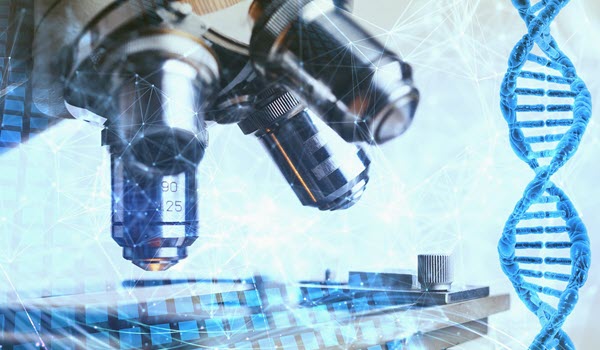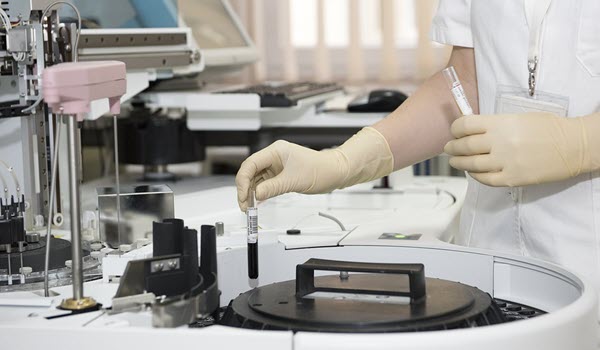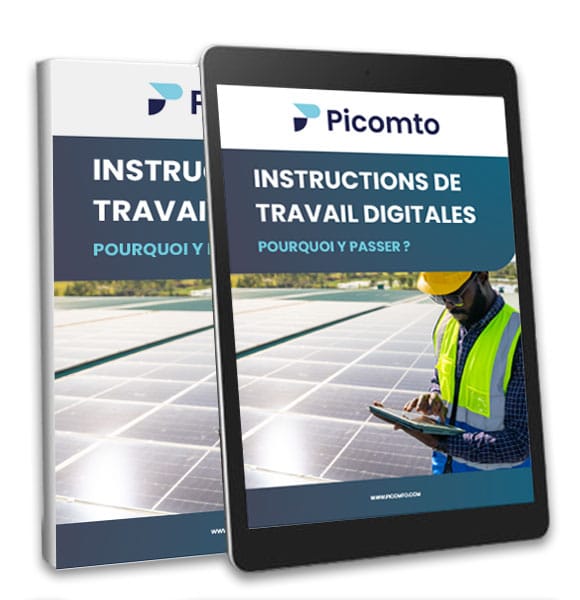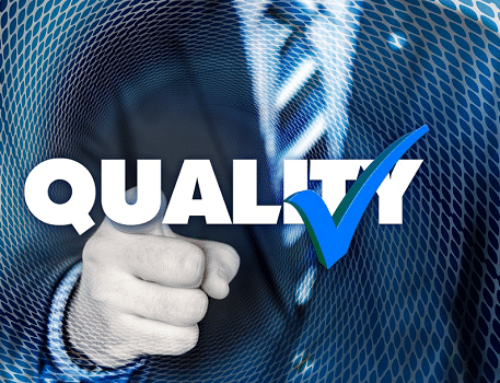Digital transformation in the pharmaceutical industry represents a decisive turning point today. Wondering where to start? How to ensure regulatory compliance? What concrete benefits can you expect? At first glance, digitalizing such a highly regulated sector might seem complex. Indeed, the pharmaceutical industry faces unique challenges. On one hand, it must comply with strict standards. On the other hand, it must constantly innovate to remain competitive.

In this article, we will explore how to successfully navigate this transformation. You will discover concrete strategies to digitalize your processes while maintaining regulatory compliance.
Key takeaways about digital transformation in the pharmaceutical industry:
- 76% of pharmaceutical companies have accelerated their digital transformation following the pandemic
- SaaS solutions like Picomto reduce GMP procedure update time by 65%
- AI reduces new drug development time by up to 50%
- 89% of pharmaceutical laboratories consider procedure digitalization a priority
- Pharma 4.0 improves operational productivity by 30% on average
1. What is pharmaceutical digital transformation and why is it essential?
Digital transformation in the pharmaceutical industry goes well beyond simply digitizing documents.
In reality, it represents a complete overhaul of processes, business models, and corporate culture. This evolution relies on advanced technologies such as artificial intelligence, IoT, and Big Data.
1.1. Definition of digital transformation specific to the pharmaceutical industry
Pharmaceutical digital transformation involves integrating digital technologies into all aspects of the business. This fundamentally transforms how it operates and delivers value.
This change affects five essential pillars: R&D, production, supply chain, regulatory compliance, and patient experience.
Pharma 4.0 is distinguished by its holistic and interconnected approach. Indeed, it is not limited to automating isolated processes. On the contrary, it creates an ecosystem where data and systems communicate in a fluid and intelligent manner.
1.2. Expected benefits of a pharmaceutical digital strategy
The advantages of a well-executed digital transformation are multiple and significant.
First, it considerably improves regulatory compliance thanks to automated traceability. Second, it optimizes product quality by reducing deviations and human errors.
According to McKinsey, pharmaceutical companies that have adopted digital technologies have reduced their operational costs by an average of 20%. Additionally, they have accelerated their time-to-market for new products by 25%.
Take the example of Haleon, a Picomto client. By digitalizing its work instructions, this laboratory reduced quality deviations by 45%. Moreover, it improved productivity by 30% thanks to better standardization of procedures.
2. How to develop an effective pharmaceutical digital transformation strategy?
To succeed in your digital transformation, a structured approach is essential. Above all, you must assess your current maturity. Then, you can define a realistic and progressive roadmap.
2.1. What are the key steps to start your digital transformation?
Before any digital transformation, it is essential to assess your level of digital maturity. To do this, analyze your processes, technologies, and skills in place. This diagnosis will help you identify priorities and the most strategic opportunities.
A recent study reveals that 65% of digital transformation projects fail due to lack of preparation.
Conversely, companies that begin with a thorough assessment triple their chances of success.
Once this step is completed, set precise and measurable objectives. For example :
- Reduce batch release time by 50%
- Decrease quality deviations by 30%
These clear indicators will allow you to effectively pilot your project and measure its impact.
2.2. Which departments should be prioritized in your digital transformation?
Digital transformation must involve all departments, but some are more strategic to initiate change. Production and operations are on the front line, offering a quick return on investment.
Another key area: the quality department. Digitalizing GMP procedures immediately improves compliance and reduces regulatory risks.
For success, coordination between departments is essential. Creating a cross-functional team ensures strategic alignment and coherent implementation of digital initiatives.
3. How to overcome regulatory challenges in the digital era?
Regulatory compliance is a major concern in the pharmaceutical industry. Fortunately, digital technologies can simplify this compliance while providing more agility.

3.1. What are the FDA, EMA, and GMP regulatory requirements for computerized systems?
Regulatory authorities have established strict frameworks to ensure the compliance of computerized systems. 21 CFR Part 11 (FDA) and Annex 11 (EMA) govern the use of electronic signatures and electronic records.
These regulations are based on three essential principles:
- Data integrity: every piece of information must be reliable and traceable.
- Complete audit trails: all modifications must be recorded.
- Strict access controls: only authorized users can act on the system.
In practice, any computerized system must be validated according to the ALCOA+ principle (Attributable, Legible, Contemporaneous, Original, Accurate, Complete, Consistent, Enduring, and Available).
3.2. How can SaaS solutions guarantee compliance?
Modern SaaS solutions like Picomto are designed to natively meet regulatory requirements. They automatically integrate audit trails, electronic signatures, and access controls.
Unlike traditional systems, SaaS solutions offer great agility. On one hand, they implement quickly (in weeks rather than months). On the other hand, they easily adapt to evolving needs.
For example, cloud validation follows a modern approach based on the GAMP 5 model. This approach considerably reduces validation efforts while maintaining compliance.
Curium Pharma, a manufacturer of radiopharmaceutical products, validated Picomto in just 6 weeks. This digitalization reduced procedure update time by 75%.
4. How to effectively digitalize work instructions and GMP procedures?
Work instructions are at the heart of pharmaceutical operations. Their digitalization is a strategic lever to improve quality, strengthen compliance, and optimize productivity.
In an environment subject to Good Manufacturing Practices (GMP), the transition to digital reduces errors, accelerates updates, and ensures impeccable traceability.
4.1. What are the risks of paper procedures in the pharmaceutical environment?
Paper procedures pose several major challenges in the pharmaceutical industry, particularly in terms of compliance and operational efficiency.
- Complex updates and risks of obsolete versions
Modifying a paper procedure is a long and tedious process. An obsolete version in circulation can lead to compliance gaps and production errors.
- Lack of traceability and real-time control
With paper documents, it is difficult to precisely track who has consulted a procedure and when it was applied. This complicates audits and deviation management.
- Direct impact on quality and cost of errors
An ISPE study reveals that 23% of quality deviations in the pharmaceutical industry are due to documentary errors. These errors lead to batch rejections, with an average cost of €500,000 per rejected batch.
- Inefficient training and lack of standardization
Paper instructions do not allow for interactive learning. They make skill validation difficult and limit the standardization of practices across different production sites.
Discover how to eliminate paper in the workshop and implement best practices for digitalizing GMP procedures.
4.2. How do solutions like Picomto transform procedure management?
Picomto revolutionizes work instruction management in the pharmaceutical industry through an intuitive and powerful SaaS platform. By digitalizing GMP procedures, it allows for structuring and automating documentation while improving traceability.
- Simplified creation and instant updates
Thanks to a visual editor, designing and modifying procedures becomes intuitive. Teams can add interactive content, videos, and images to guide operators in a clear and standardized way.
- Secure and compliant approval workflows
Each update follows a configurable validation process. Approval circuits ensure that only validated versions are accessible to operators.
- Real-time access on all devices
No more binders and printed documents! Instructions are instantly available on tablets, smartphones, and workshop screens, ensuring immediate distribution without the risk of obsolescence.
- Traceability and automatic collection of execution data
Picomto captures each interaction in real time. You track performance, identify deviations, and detect trends to continuously improve your processes.
Conclusion
Digital transformation in the pharmaceutical industry is no longer an option but a necessity. Laboratories that adopt it gain in agility, efficiency, and competitiveness.
Digital reinvents every aspect of the sector, from R&D to production. SaaS solutions like Picomto play a key role in this evolution. They quickly digitalize critical processes while ensuring regulatory compliance.
To succeed, adopt a progressive and structured approach. Start with high-impact processes and don’t forget the human dimension. Technology without team buy-in cannot deliver its full value.
FAQ
What are the main regulatory challenges during a pharmaceutical digital transformation?
21 CFR Part 11 requirements, Annex 11, and computerized system validation represent the major challenges.
How to digitalize GMP procedures without regulatory risk?
Choose pre-validated solutions and follow a risk-based validation approach (GAMP 5).
What ROI can be expected from digitalizing work instructions?
On average 150% in the first year, with 60% reduction in deviations and 30% productivity gain.
What skills should be developed internally for Pharma 4.0?
Data science, automation, IT validation, and change management are essential.






Leave A Comment